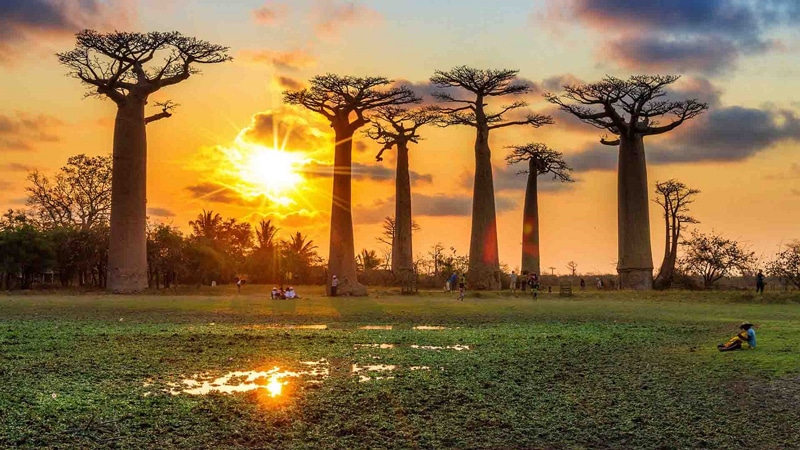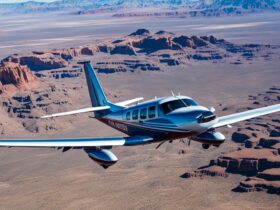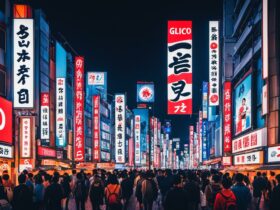Madagascar, an island nation located off the southeastern coast of Africa, is a true paradise for nature lovers and adventure seekers. With its unique wildlife, stunning landscapes, and vibrant culture, it offers an unforgettable experience for travelers. In this ultimate Madagascar travel guide, 52dcab will take you through the must-see attractions, provide practical travel tips, and give you a glimpse into the rich diversity of this enchanting destination.
Welcome to the ultimate Madagascar travel guide ! This captivating island offers a myriad of experiences that will leave you in awe. From lush rainforests teeming with unique wildlife to pristine beaches and fascinating cultural traditions, Madagascar has it all. Whether you’re an adventure enthusiast, a nature lover, or a culture seeker, this extraordinary destination will exceed your expectations.
Best Time to Visit Madagascar
Madagascar has a tropical climate, and the best time to visit depends on your interests and preferred activities. The dry season, from April to December, is generally considered the best time to explore the island. During this period, you can enjoy pleasant temperatures, clear skies, and easier access to national parks. However, if you’re particularly interested in witnessing the island’s lush vegetation and the breeding season of lemurs, visiting during the rainy season (January to March) might be more suitable.
Exploring Antananarivo: The Capital City
Your journey to Madagascar will likely begin in Antananarivo, the country’s bustling capital. Take some time to explore the city’s vibrant markets, historical sites, and cultural landmarks. Visit the Royal Palace, also known as Rova, to learn about Madagascar’s fascinating history. Don’t miss the opportunity to taste local delicacies, such as the famous “Romazava” or “Ravitoto,” at traditional restaurants.
Marvelous Wildlife of Madagascar
Madagascar is renowned for its incredible biodiversity, and no trip to the island is complete without encountering its unique wildlife.
Lemurs: The Stars of the Island
Lemurs are Madagascar’s most iconic inhabitants. With over 100 species, they come in various shapes, sizes, and colors. Head to the Andasibe-Mantadia National Park to witness the Indri Indri, the largest lemur species, known for its distinctive call echoing through the forests. Don’t forget to explore other reserves, such as Ranomafana and Ankarafantsika, to spot different lemur species in their natural habitats.
National Parks and Reserves
Madagascar boasts an extensive network of national parks and reserves that protect its unique flora and fauna. From the lush rainforests of Masoala National Park to the surreal landscapes of Isalo National Park, each reserve offers a different experience. Explore the Montagne d’Ambre National Park to discover rare orchids and reptiles, or venture to the remote Kirindy Forest to encounter the elusive fossa, Madagascar’s largest predator.
Breathtaking Landscapes: Natural Wonders
Madagascar’s landscapes are nothing short of breathtaking, and they showcase the island’s geological wonders and natural beauty.
Avenue of the Baobabs
One of Madagascar’s most iconic sights, the Avenue of the Baobabs, is a captivating stretch of dirt road lined with majestic baobab trees. Marvel at the sunset as it paints the sky in vibrant hues, casting an enchanting glow on these ancient giants. The Avenue of the Baobabs is a photographer’s paradise and a must-visit destination for any traveler.
Tsingy de Bemaraha National Park
Prepare to be amazed by the surreal landscapes of Tsingy de Bemaraha National Park. This UNESCO World Heritage site features limestone karsts, razor-sharp rock formations, and deep canyons. Embark on an adrenaline-pumping adventure as you hike through narrow pathways and cross suspended rope bridges. The Tsingy is a haven for nature enthusiasts and offers breathtaking panoramic views of the surrounding area.
Coastal Charms: Beaches and Marine Life
Madagascar’s coastline is adorned with pristine beaches and rich marine ecosystems, perfect for relaxation and underwater exploration.
Nosy Be: The Perfume Island
Nosy Be, located off the northwest coast of Madagascar, is a tropical paradise with palm-fringed beaches and crystal-clear waters. Dive into the vibrant coral reefs, go snorkeling with sea turtles, or simply unwind on the picturesque beaches. Don’t miss the opportunity to visit Nosy Komba, a nearby island known for its friendly lemurs and traditional crafts.
Whale Watching in Sainte Marie
If you’re visiting Madagascar between July and September, make your way to the island of Sainte Marie for an unforgettable whale-watching experience. Witness the majestic humpback whales as they migrate to the warm waters of the Indian Ocean to give birth and mate. Take a boat tour and observe these magnificent creatures up close, creating memories that will last a lifetime.
Immersing in Malagasy Culture
Madagascar’s cultural heritage is as vibrant as its natural wonders. Immerse yourself in the unique traditions and customs of the Malagasy people.
Traditional Music and Dance
Experience the rhythmic beats and melodic tunes of traditional Malagasy music. From the energetic sounds of the “saozy” to the soulful melodies of the “valiha” (a bamboo zither), the music of Madagascar will captivate your senses. Attend a live performance or join in the festivities during local celebrations to witness the cultural richness firsthand.
Local Cuisine and Exotic Flavors
Indulge in the flavors of Malagasy cuisine, which reflects the island’s diverse cultural influences. Sample dishes such as “vary amin’anana” (rice with leafy greens), “romazava” (meat and vegetable stew), and “achard” (pickled vegetables). Don’t forget to try the famous vanilla, cloves, and exotic fruits that thrive in Madagascar’s fertile soil.
Practical Travel Tips
To ensure a smooth and enjoyable trip to Madagascar, here are some practical travel tips to keep in mind:
Visa Requirements and Travel Documents
Before traveling to Madagascar, check the visa requirements for your country of residence. Ensure that your passport is valid for at least six months beyond your intended stay. It’s also recommended to carry a copy of your passport and other important travel documents in case of emergencies.
Health and Safety Precautions
Consult with a healthcare professional to understand the necessary vaccinations and health precautions before traveling to Madagascar. It’s important to protect yourself against mosquito-borne diseases, such as malaria and dengue fever, by using insect repellents and sleeping under mosquito nets. Take necessary precautions to ensure your safety, such as avoiding isolated areas at night and keeping an eye on your belongings.
Conclusion
Madagascar is a destination that promises an extraordinary adventure filled with natural wonders, vibrant culture, and unparalleled biodiversity. From encountering lemurs in their natural habitats to exploring breathtaking landscapes, the island offers a unique and unforgettable travel experience. Embrace the warmth of the Malagasy people, savor the flavors of their cuisine, and create memories that will last a lifetime. Start planning your journey to Madagascar and get ready to embark on the adventure of a lifetime!
FAQs
- Is it safe to travel to Madagascar?
- Madagascar is generally safe for tourists. However, it’s important to take precautions and stay informed about the current situation in the country.
- What languages are spoken in Madagascar?
- The official languages are Malagasy and French. English is also spoken in some tourist areas and hotels.
- Can I drink tap water in Madagascar?
- It’s recommended to drink bottled water to avoid any potential health risks.
- Are there any specific cultural customs I should be aware of?
- Respecting local customs and traditions is important. It’s advisable to dress modestly, particularly when visiting religious sites.
- What is the currency used in Madagascar?
- The currency used in Madagascar is the Malagasy Ariary (MGA). It’s recommended to carry cash, as credit cards may not be widely accepted in smaller establishments.
In conclusion, Madagascar offers a wealth of natural and cultural treasures waiting to be explored. From its remarkable wildlife and stunning landscapes to its rich traditions and warm hospitality, this island nation is a paradise for travelers. Plan your journey, pack your bags, and get ready for the adventure of a lifetime in the magical land of Madagascar.







